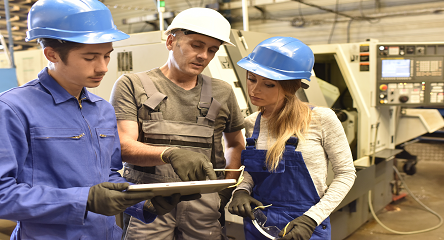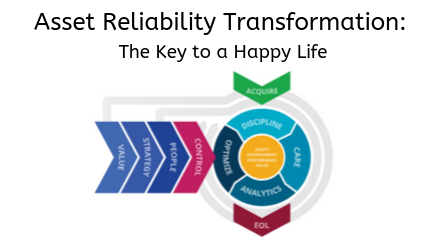When it comes to change, it is easy to get people to agree that things ought to change. But getting people to commit to changing themselves is far more challenging. And no one wants to lead change.
Motivation
This is where motivation comes in, defined by Professor Jeffrey S. Nevid as “factors that activate, direct, and sustain goal-oriented behavior … Motives are the ‘whys’ of behavior – the needs or wants that drive behavior and explain what we do.”
It is important to note that this definition connects motivation with behavior or action as opposed to thinking of it as a personality trait that we have or don’t have. It’s more about the activities we are asked to do.
As a concrete example, I have an eight-year-old granddaughter. If I tell her to hurry up and get ready so we can go to the swimming pool, she responds with excitement. But if I tell her to get ready because she needs to go to the doctor’s office and get a shot, I get a very different reaction. This is the same kid, with the same personality traits, but her motivation to do what I ask is very different depending on what the task is.
When thinking of motivation, it is important to frame it in terms of “motivated to do what?”
Why do we work?
With those terms in mind, the next question is, if motives are the “whys” of behavior, then why is it that we work? What is our motivation for working?
The decades-long research about why we work generally divides the reasons into two broad categories: direct (intrinsic) motives and indirect (extrinsic) motives. Direct motives deal with the work itself and the person doing it: their identity, their values, and their beliefs. Indirect motives deal with other factors, so it is an external force causing the motivation.
The indirect motives tend to be more obvious: need for a paycheck, desire for promotion or awards, and avoidance of penalty (hunger, being reprimanded or terminated). These are the motives we usually think of.
The direct motives are less obvious but equally important. To find them, it can help to move from why you work in general to why you chose a particular profession or company. Common answers include that the job is fun, challenging, fulfilling, or exciting.
The P’s and the E’s
In the 1980s, there were a couple of researchers, Edward Deci and Richard Ryan, who were looking into these questions of motivation and came up with some subcategories for the two aforementioned broad categories. I refer to them as the P’s and the E’s.
Under direct motives, the three P’s are
- Play: The activity itself is enjoyable.
- Purpose: The immediate results of the activity have meaning to the person who is doing it. It fits with their values, their identity, or their beliefs.
- Potential: The results of the work enhance the potential of the person who is doing the work. It fulfills their identity in the future.
Under indirect motives, the three E’s are
- Emotional: When we face emotional pressure, we are working out of fear, obligation, or guilt.
- Economic: When we face economic pressure, we are working to gain rewards or to avoid punishment (the traditional carrot and stick).
- Inertia: We are not sure why we are working. The motivation is there, since we are in fact working, but we are simply doing the same thing we did yesterday. (I had to “cheat” for this one – the E is the third letter, not the first.)
The E’s are easy. They are easy to understand and to implement. But when it comes to being effective over the long haul, these can be called the evil motives because they are negative. We want to minimize these, particularly when we need people to try something new.
The more emotional pressure, economic pressure, and inertia impact our work, the less we think about the work itself, because we are distracted. We are distracted by the fear of disappointing ourselves and others, by a yearning for an external reward, or by a fear of punishment. Or we have just become robotic, doing the same old thing by habit.
The P’s, on the other hand, are more puzzling. They are harder to understand and more difficult to implement, but when it comes to long-term effectiveness, these are the positive motives we want to emphasize and encourage. The more people find play, purpose, and potential in their work, the better they will work.





